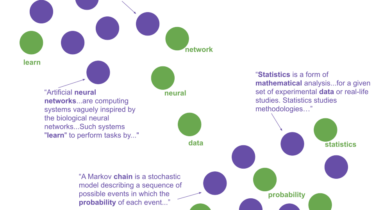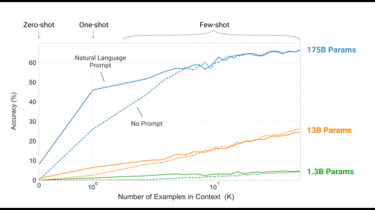Explorando conteúdo de grandes corpus com NLP e Targeted Sampling
Um dos prospects mais interessantes dos modelos de linguagem atuais é a capacidade de gerar insights sobre grandes volumes de textos. Afinal, para um ser humano ler, entender e compilar conhecimento contido em, digamos, 15.000 páginas não é um tarefa trivial. Neste artigo vou apresentar uma técnica que eu desenvolvi no meu mestrado chamada de Targeted Sampling, ou Amostragem Direcionada. Em minha pesquisa, analisei representações de equidade nos novos
Read more







